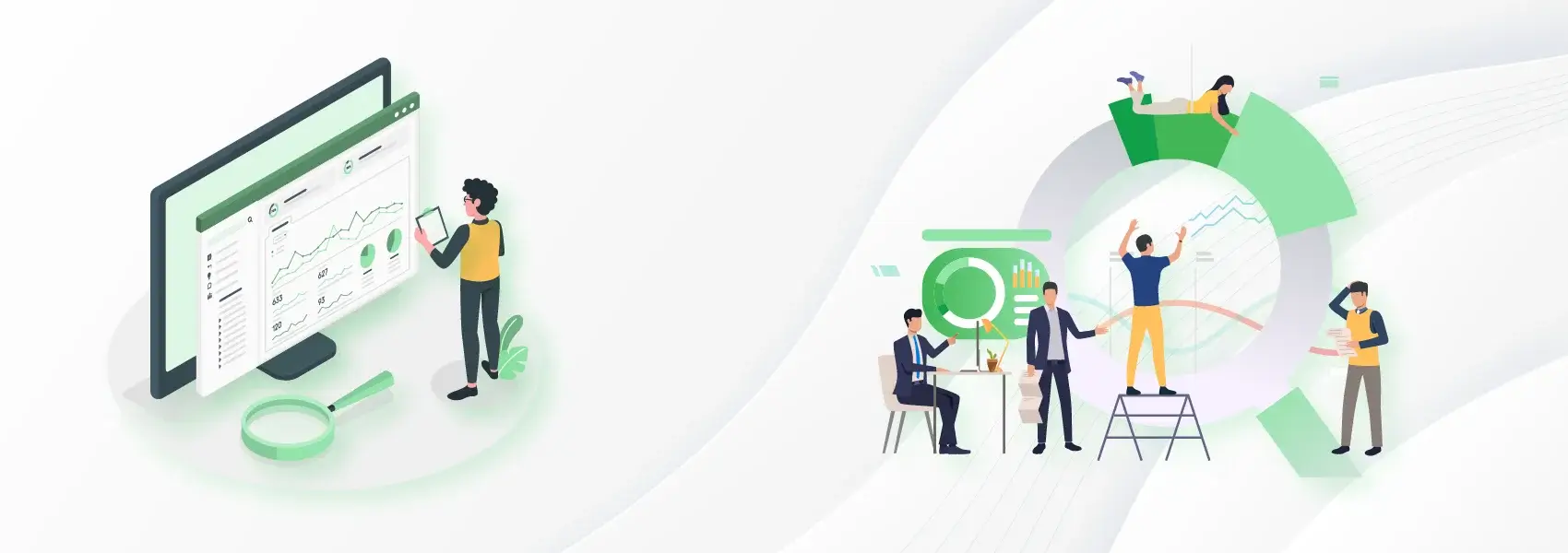Real-Time Dashboards
Real-Time Dashboards Means…..
A real-time dashboard is a kind of visualization that is updated automatically with any data available currently. Such visualizations make a combination of real-time information and historic data useful for monitoring efficiency and recognizing emerging trends. Real-time dashboards possess time-sensitive data like inventory-related figures, sales numbers, and operational data.


Real-Time Dashboards Means…..
A real-time dashboard is a kind of visualization that is updated automatically with any data available currently. Such visualizations make a combination of real-time information and historic data useful for monitoring efficiency and recognizing emerging trends. Real-time dashboards possess time-sensitive data like inventory-related figures, sales numbers, and operational data.
Real-Time Dashboard Operations
Dynamic environments are where organizations operate and change constantly whether that means industry fluctuations, ebbs and flows, and the impact of certain news in the market. This flux brings in challenges in need to be always monitored such as over-ordering of products, long hold times at call centers, and bottlenecks in logistics and supply chains. Dashboards to monitor real-time business events and evaluate Key Performance Indicators (KPIs) as well as publish relevant information to stakeholders.
Real-time Digital Dashboards are designed to deliver the on-point operational reporting data and make it relatively smoother for regular data management. Furthermore, they can make reporting better as they have the ability to have multiple data sources on a single page whether in the case of data analytics or any of the data analytics consulting services.
Advantages of Real-Time Dashboards
- Live dashboards into business operations save time.
- Immediate information can be achieved by analyzing your data.
- Dashboards give access to the most up-to-the-minute BI and analytics.
Use of Real-Time Dashboards
In-time inventory management is one of the commonest uses of real-time dashboards. Organizations that prioritize minimal warehousing should repetitively monitor their real-time data for updates on current replenishing levels, sales, and in-store levels. Another common instance is logistics; moving exact data from multiple sources and international shipping to function properly and accurately. Current locations, outstanding orders, and estimated delivery times should be monitored to avoid delays and must ensure deliveries at the right destination.
A live dashboard aids its users in making quicker decisions about streamlining the delivery process, rerouting couriers, and prioritizing orders. Non-technical users and executives can interpret the results and look for ways to reduce costs by visualizing the whole resource allocation experience in real-time.
Whether it is any other function of data analytics or a real-time customer support dashboard, real-time dashboards have their key roles set behind many present-day IT operations.

Real-Time Dashboards
Dashboards to monitor real-time business events and to evaluate Key Performance Indicators (KPIs). Publish relevant information to stakeholders

